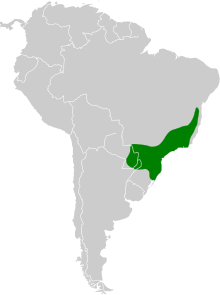
The sooty-capped hermit is a species of bird in the family Trochilidae, the hummingbirds. It is found in Brazil, Colombia, French Guiana, Guyana, Suriname, and Venezuela.

The long-billed hermit is a bird in the family Trochilidae, the hummingbirds. It is found from central Mexico south through Central America, Colombia and Ecuador into Peru.

The tawny-bellied hermit is a species of hummingbird in the family Trochilidae. It is found in Colombia, Ecuador, and Peru.

The white-bellied hummingbird is a species of hummingbird in the "emeralds", tribe Trochilini of subfamily Trochilinae. It is found in Argentina, Bolivia, Brazil, and Peru.

The green-and-white hummingbird is a species of hummingbird in the "emeralds", tribe Trochilini of subfamily Trochilinae. It is endemic to Peru.

The green-bellied hummingbird is a species of hummingbird in the "emeralds” tribe Trochilini of subfamily Trochilinae. It is found in Colombia and Venezuela.

The pale-bellied hermit is a species of hummingbird in the family Trochilidae. It is found in Colombia, Panama, and Venezuela.

The straight-billed hermit is a species of bird in the family Trochilidae, the hummingbirds. It is found in Brazil, Colombia, Ecuador, French Guiana, Guyana, Peru, Suriname, and Venezuela.

The grey-chinned hermit is a species of hummingbird in the family Trochilidae. It is found in Brazil, Colombia, Ecuador, Peru, and Venezuela.

The white-bearded hermit is a species of hummingbird in the family Trochilidae. It is found in Bolivia, Brazil, Colombia, Ecuador, Peru, and Venezuela.

The great-billed hermit is a species of hummingbird in the family Trochilidae. It is found in Bolivia, Brazil, Colombia, Ecuador, French Guiana, Peru, Suriname, and Venezuela.
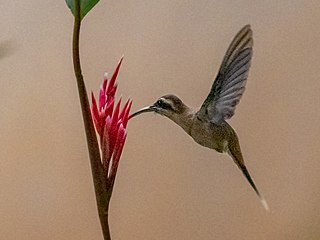
The cinnamon-throated hermit is a species in the hummingbird family Trochilidae. It is found in Bolivia and Brazil.

The streak-throated hermit, also known as the Rupurumi hermit, is a species of hummingbird in the family Trochilidae. It is found in Brazil, Colombia, Guyana, and Venezuela.
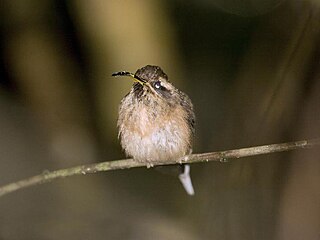
The dusky-throated hermit is a species of hummingbird in the family Trochilidae. It is endemic to Brazil.
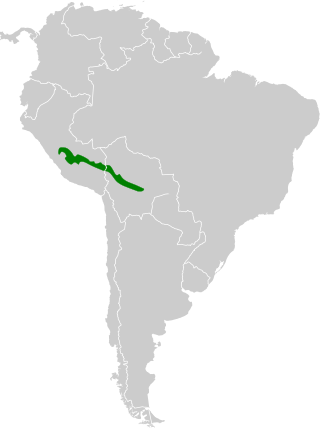
The white-browed hermit is a species of hummingbird in the family Trochilidae. It is found in the Andean foothills and adjacent lowlands in Bolivia and Peru. Its natural habitat is subtropical or tropical moist lowland forest.

The buff-bellied hermit is a species of bird in the family Trochilidae, the hummingbirds. It is found in Bolivia and Brazil.

The sooty barbthroat is a hummingbird species in the family Trochilidae. It is found in Brazil and French Guiana.

The planalto hermit is a species of bird in the family Trochilidae, the hummingbirds. It is found in Argentina, Bolivia, Brazil, Paraguay, and Peru.
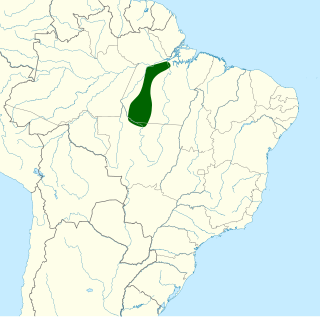
The Tapajós hermit is a species of hummingbird in the family Trochilidae. It is endemic to Brazil.

The Mexican hermit is a species of hummingbird in the family Trochilidae. It is endemic to Mexico.

